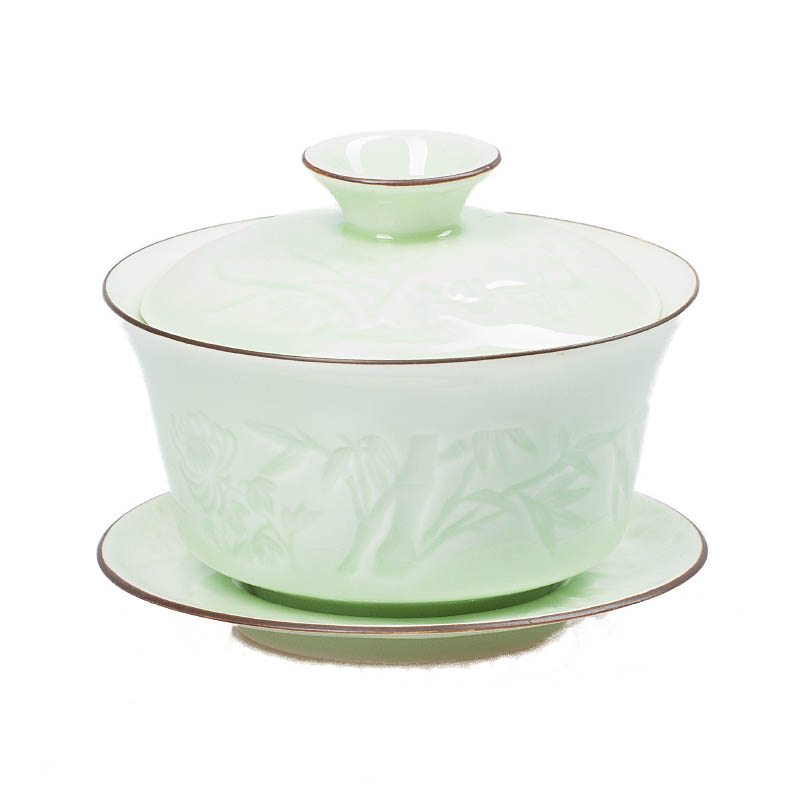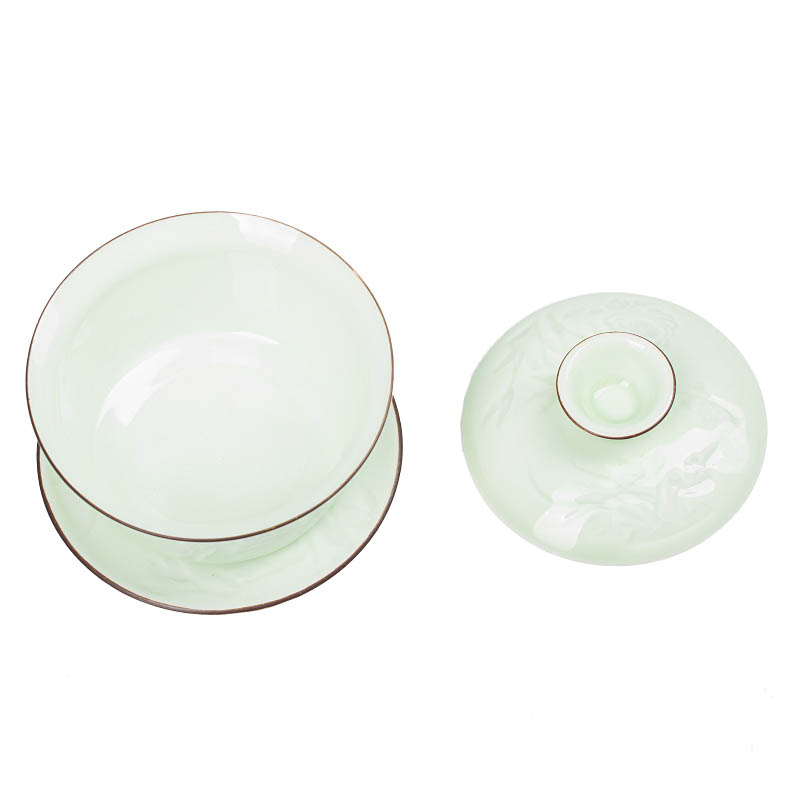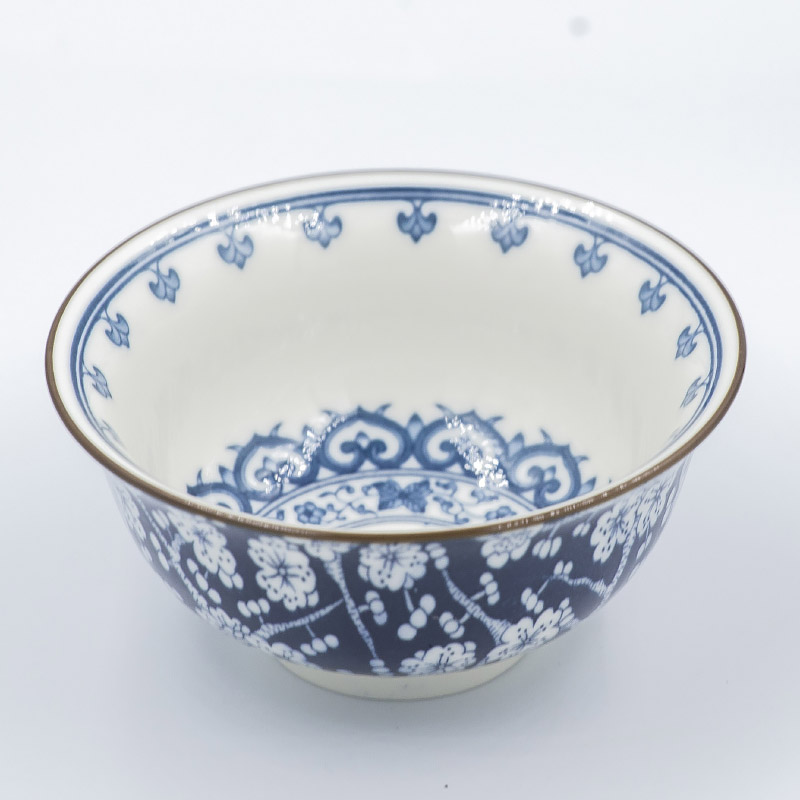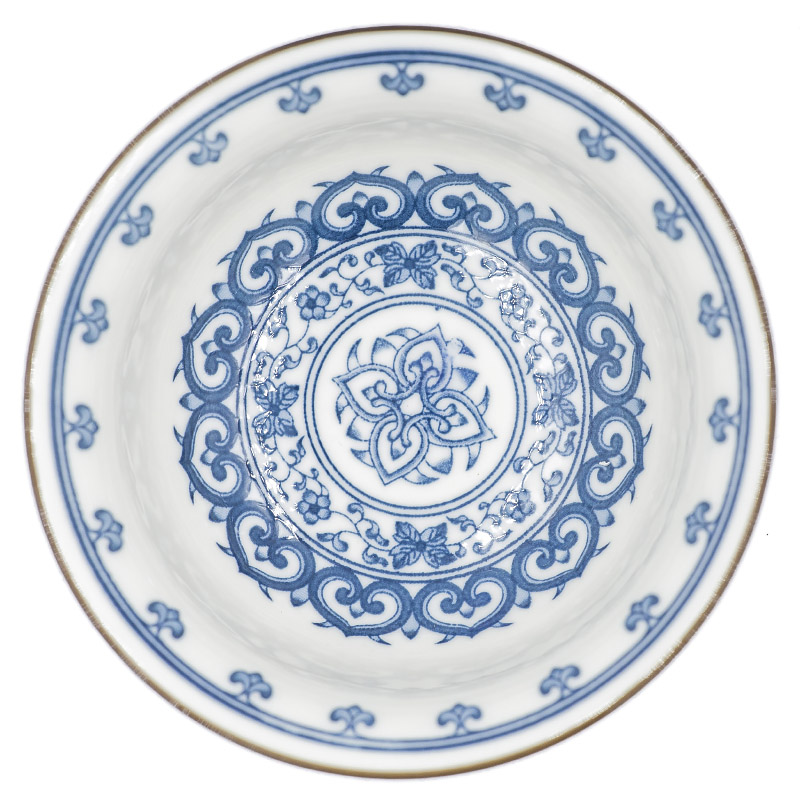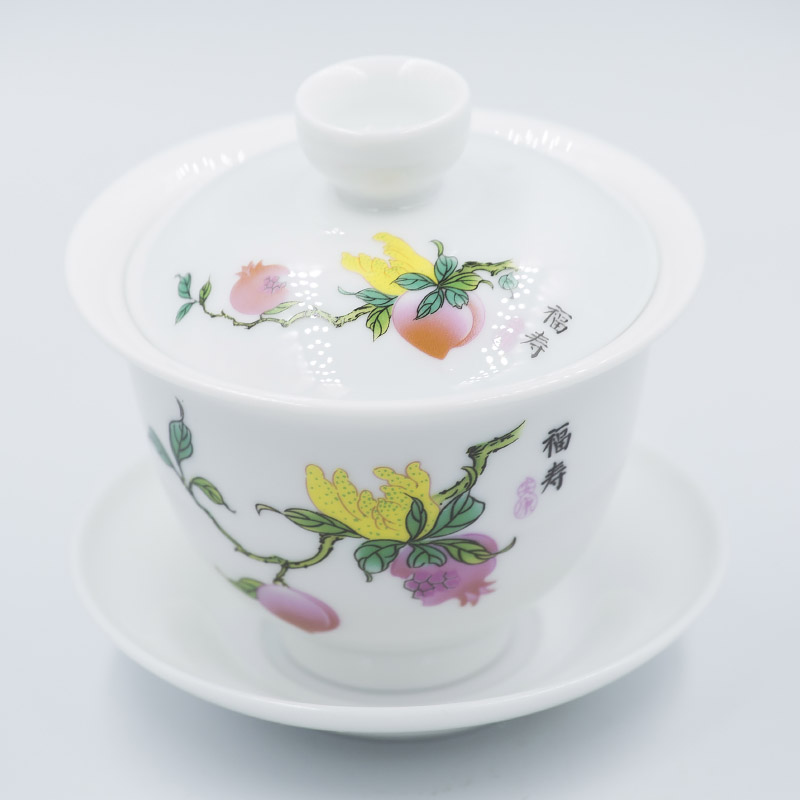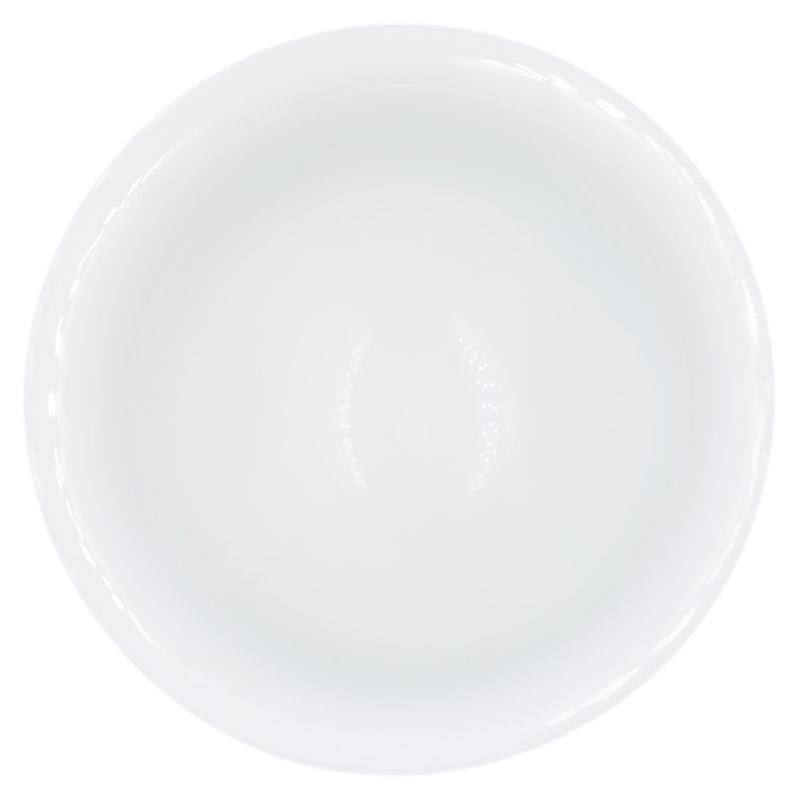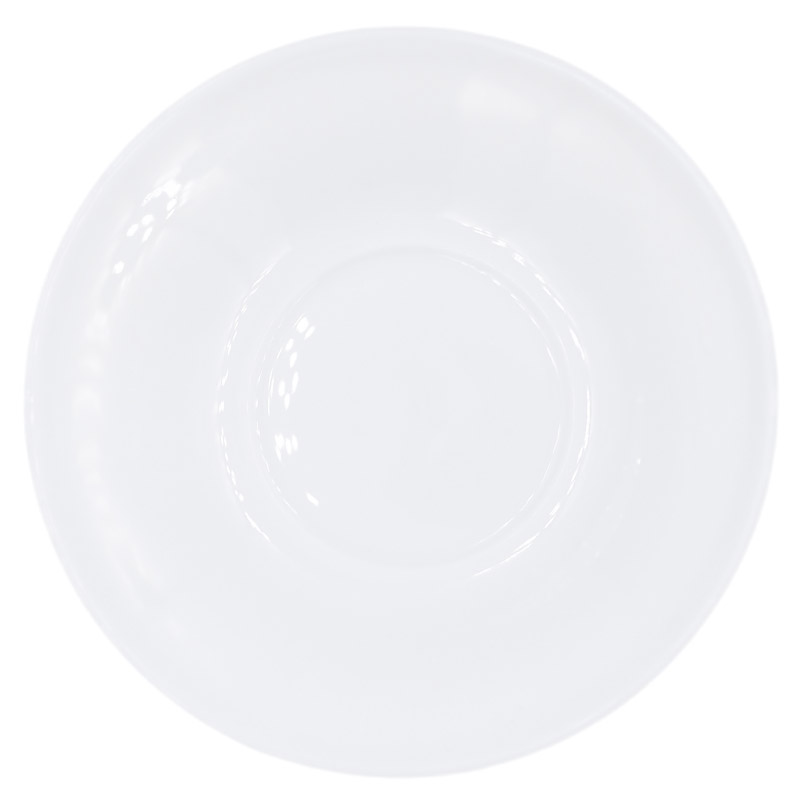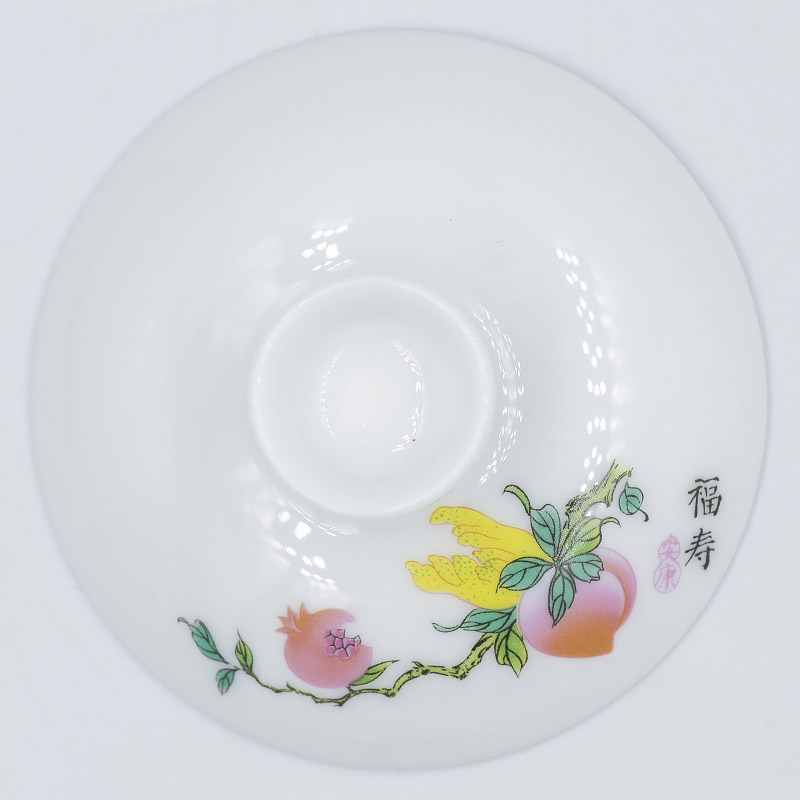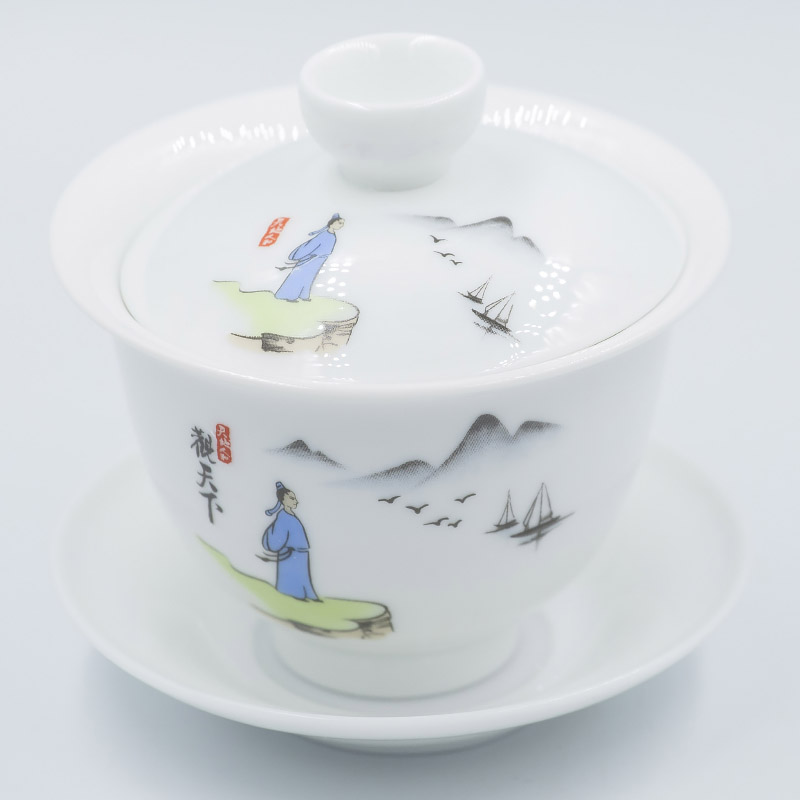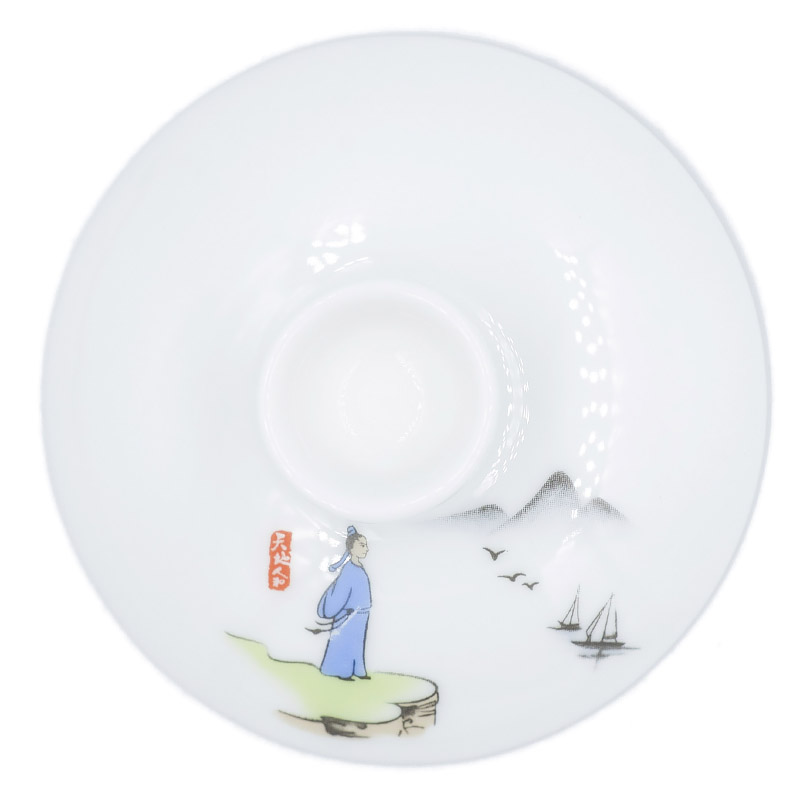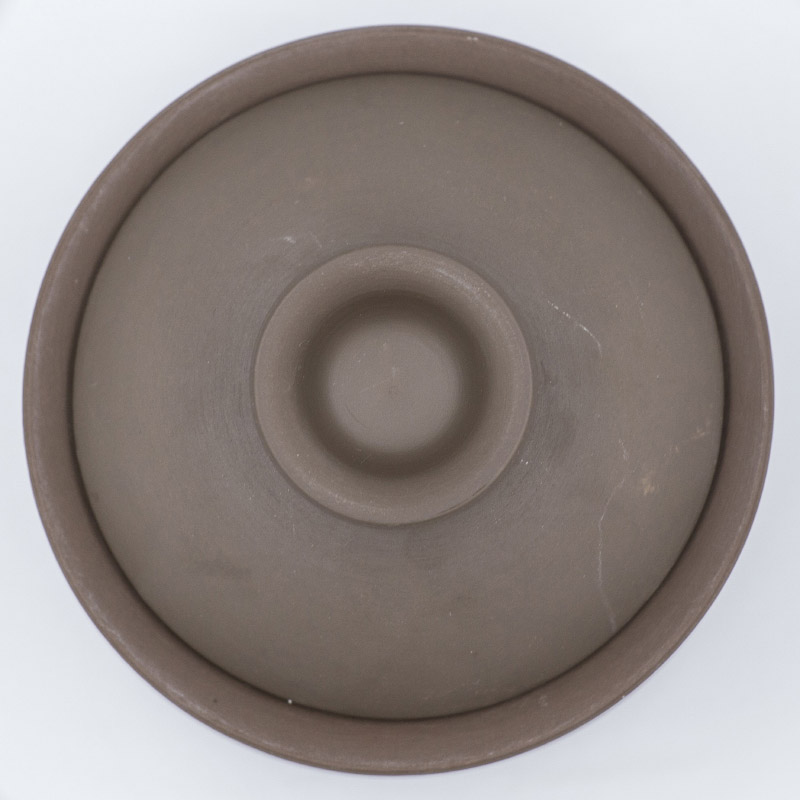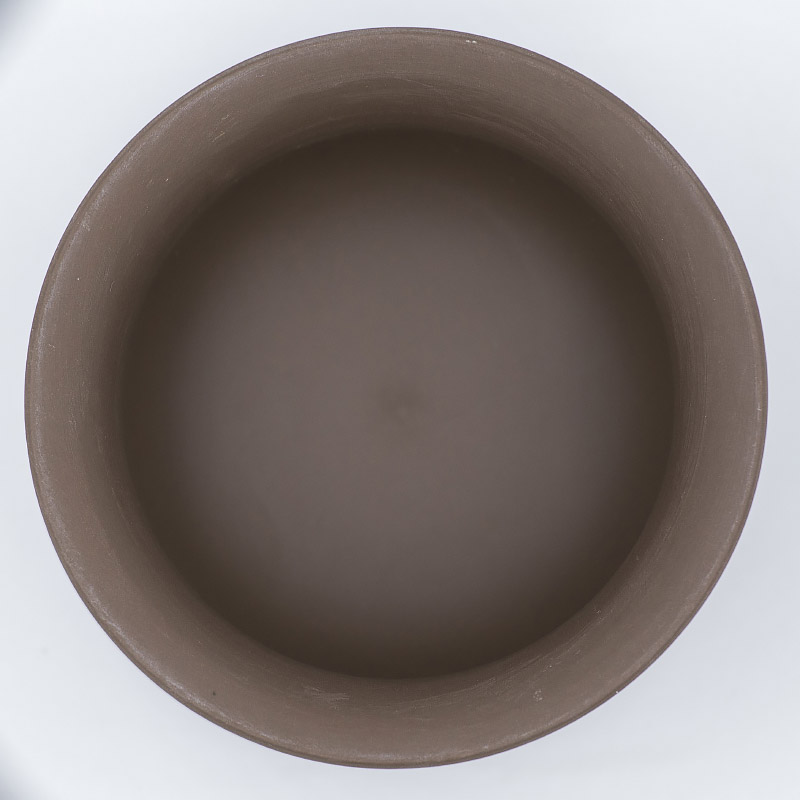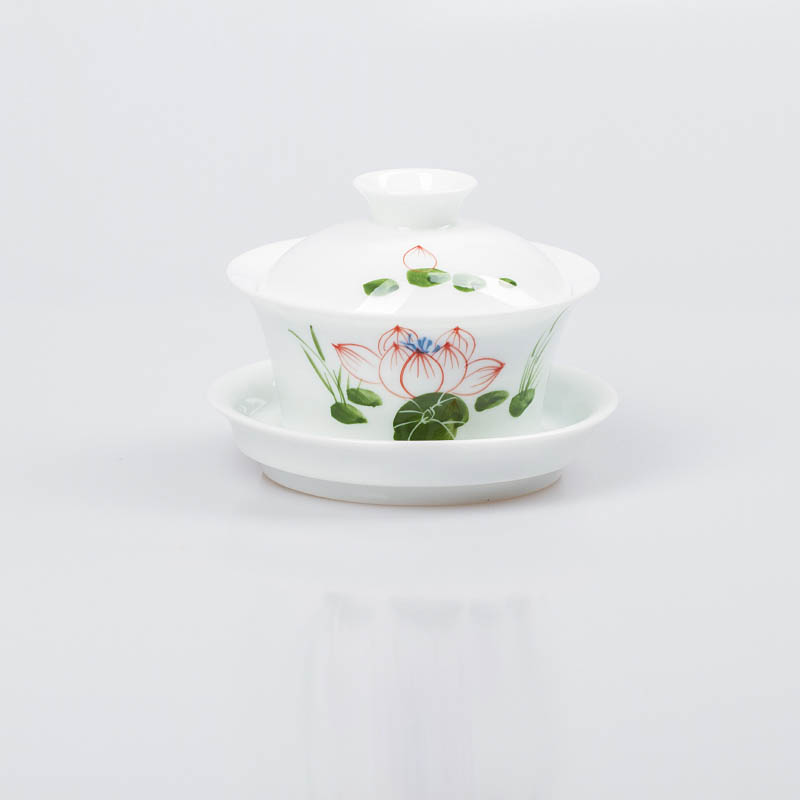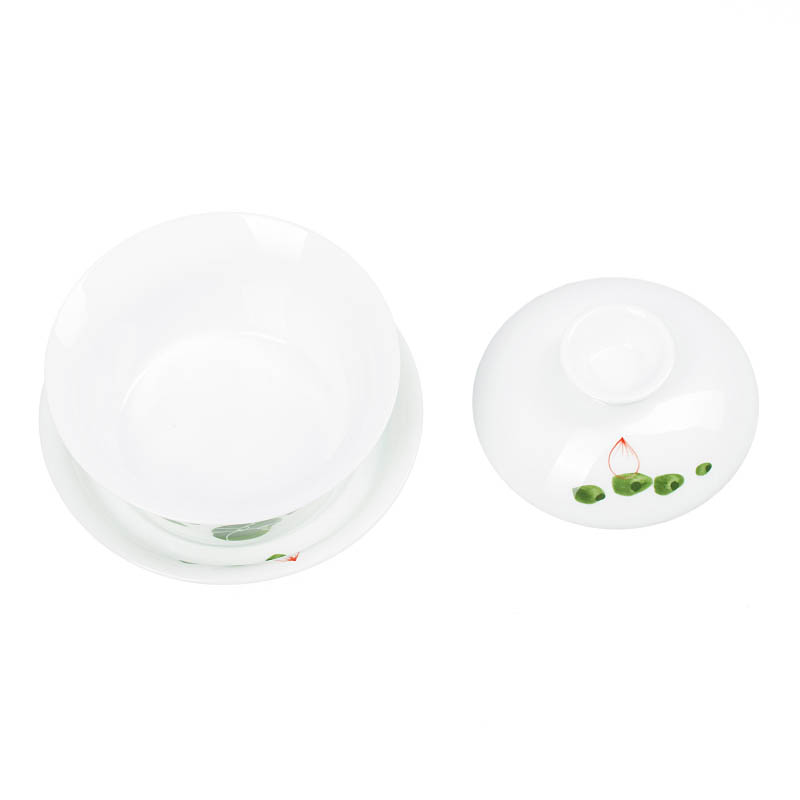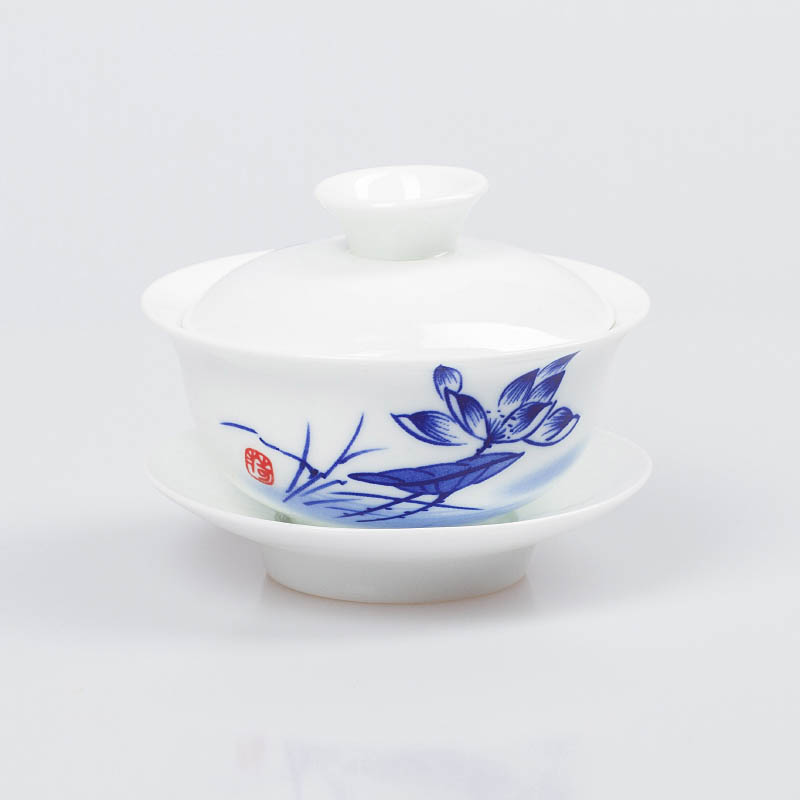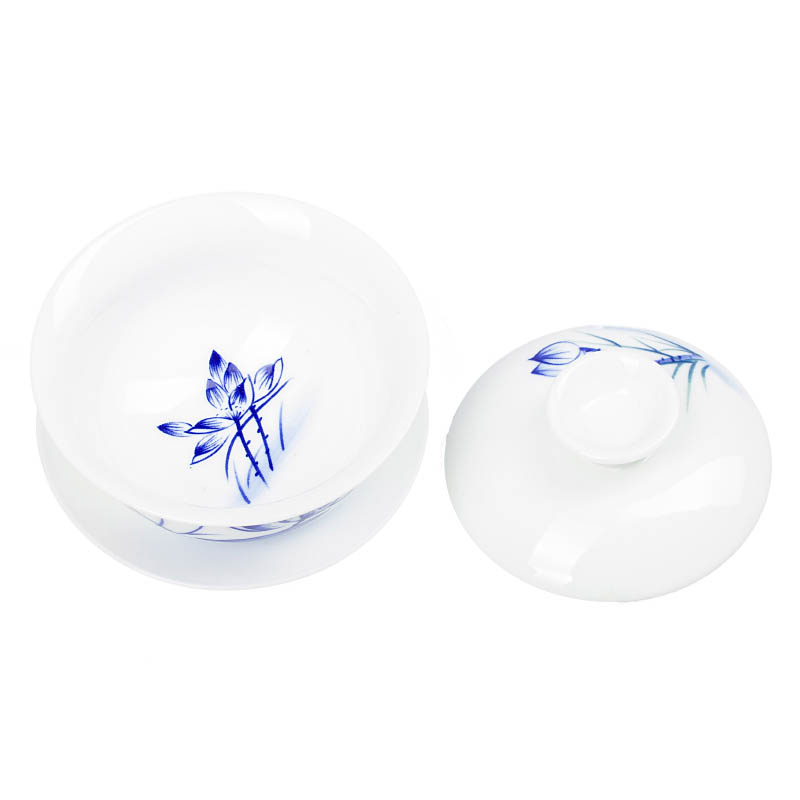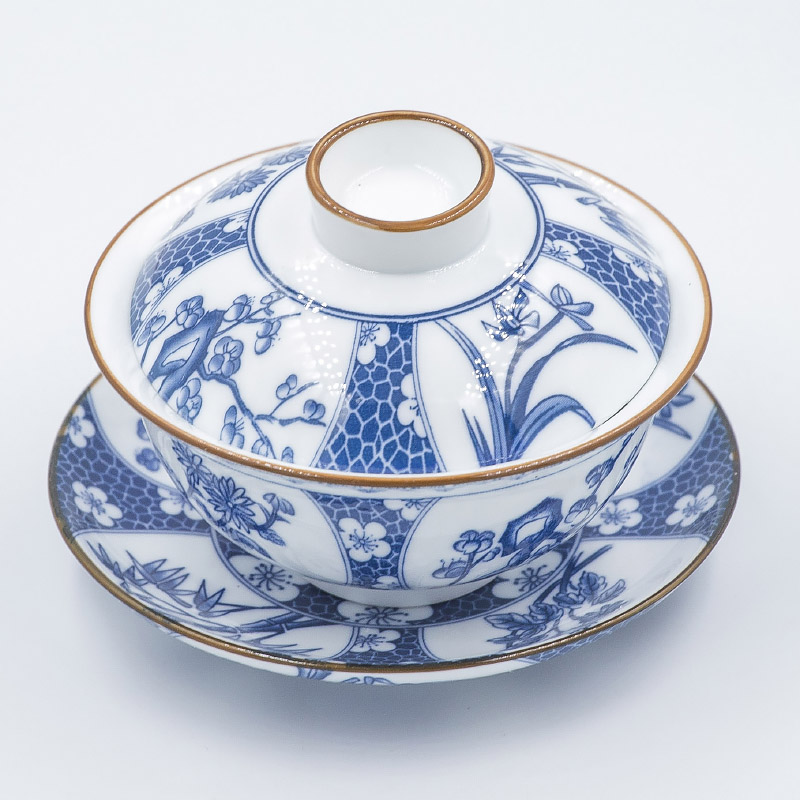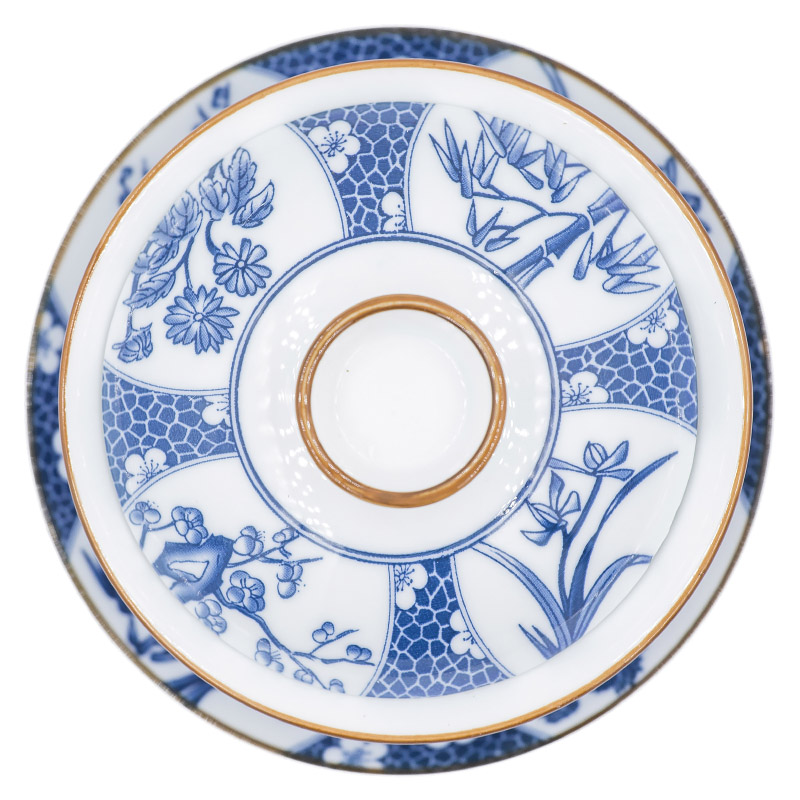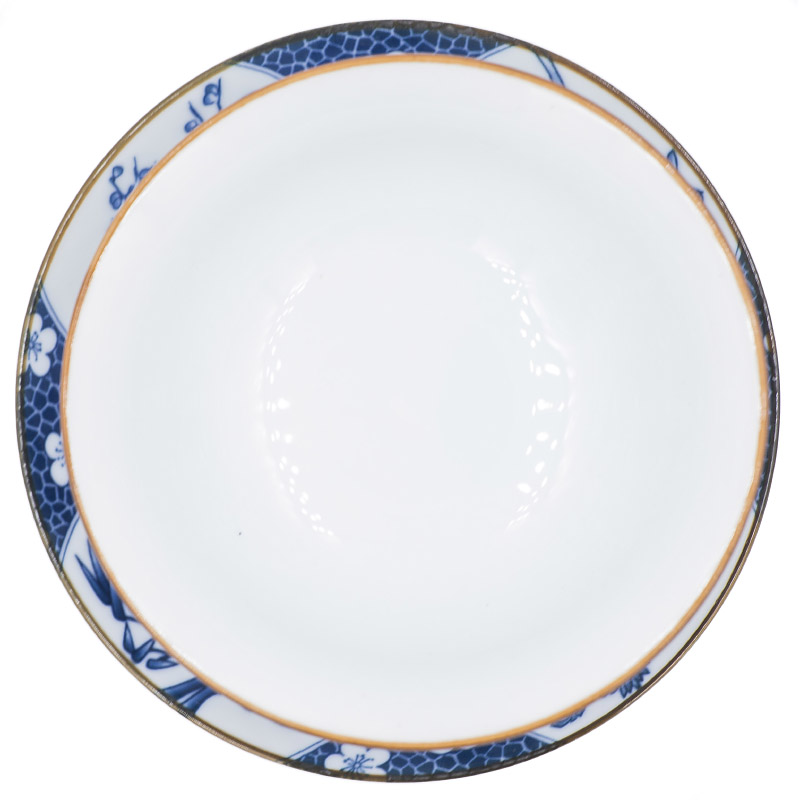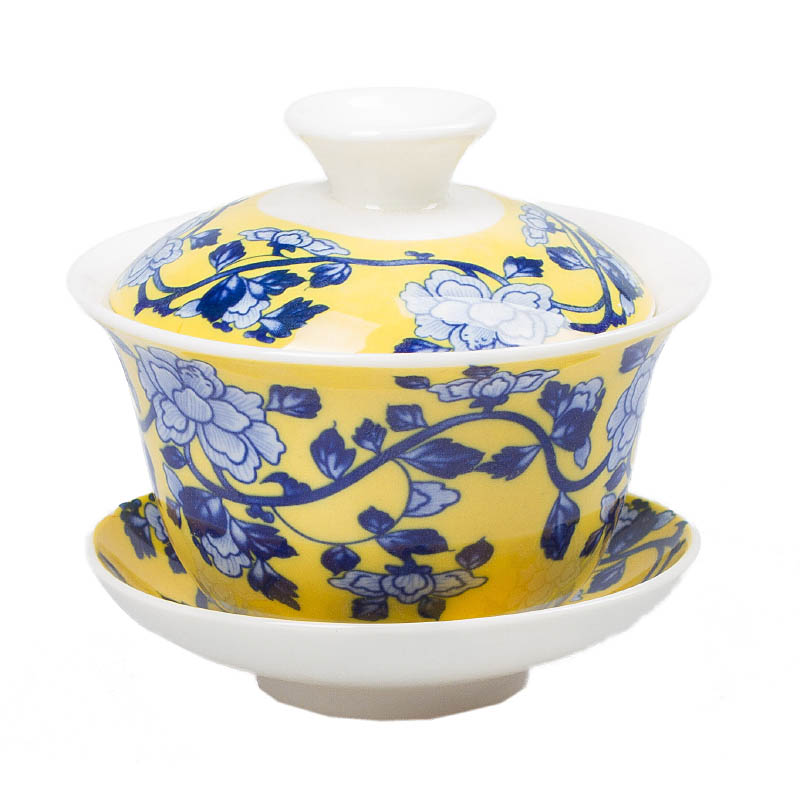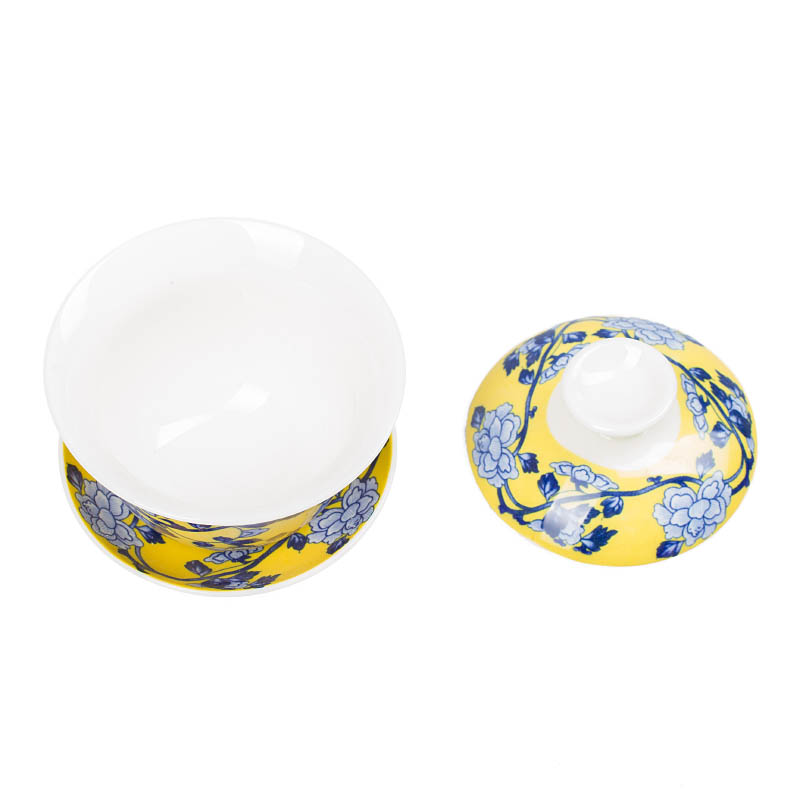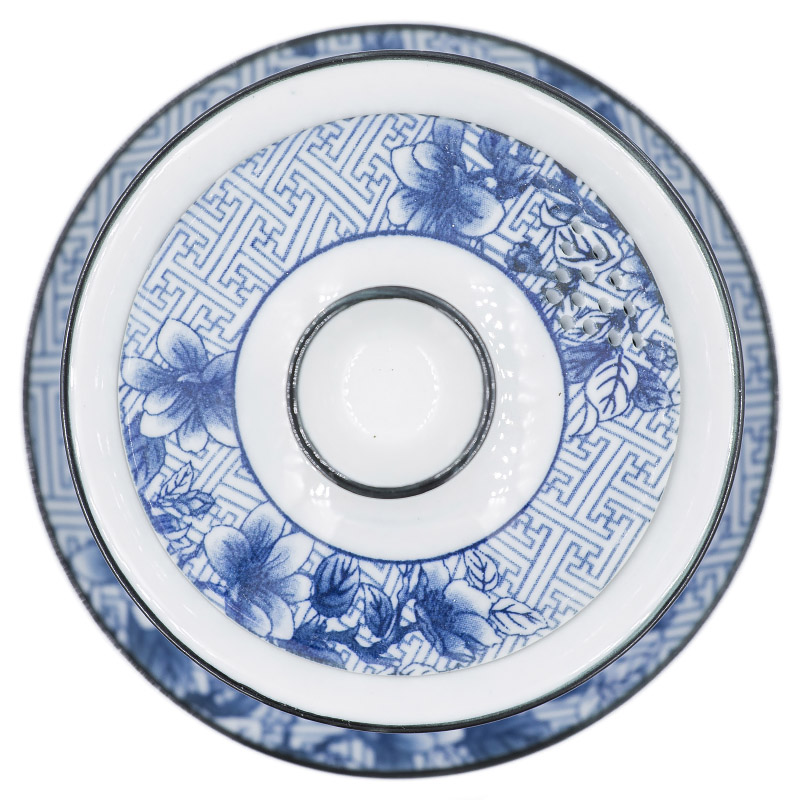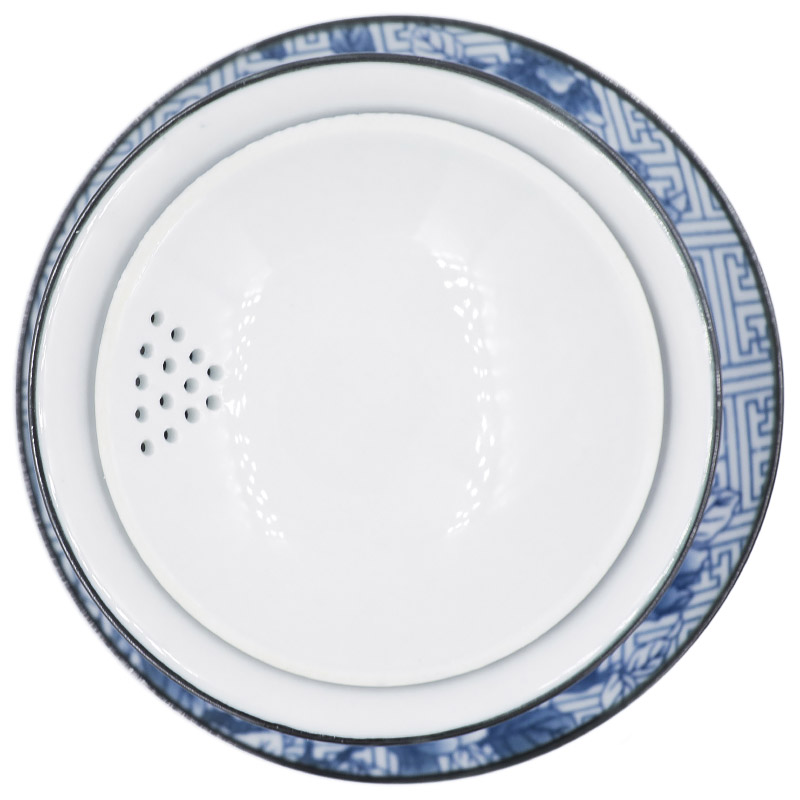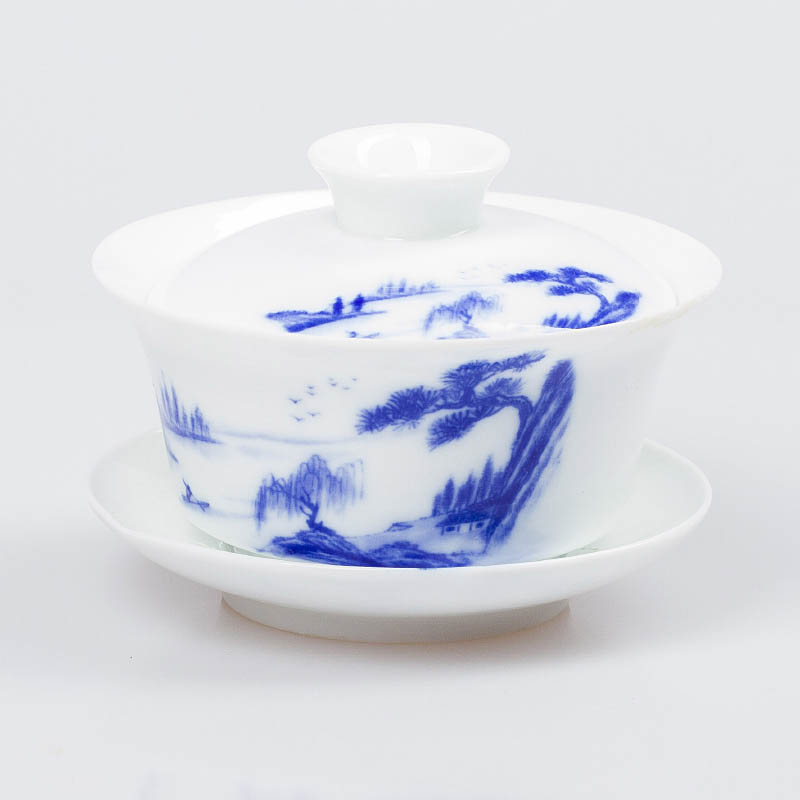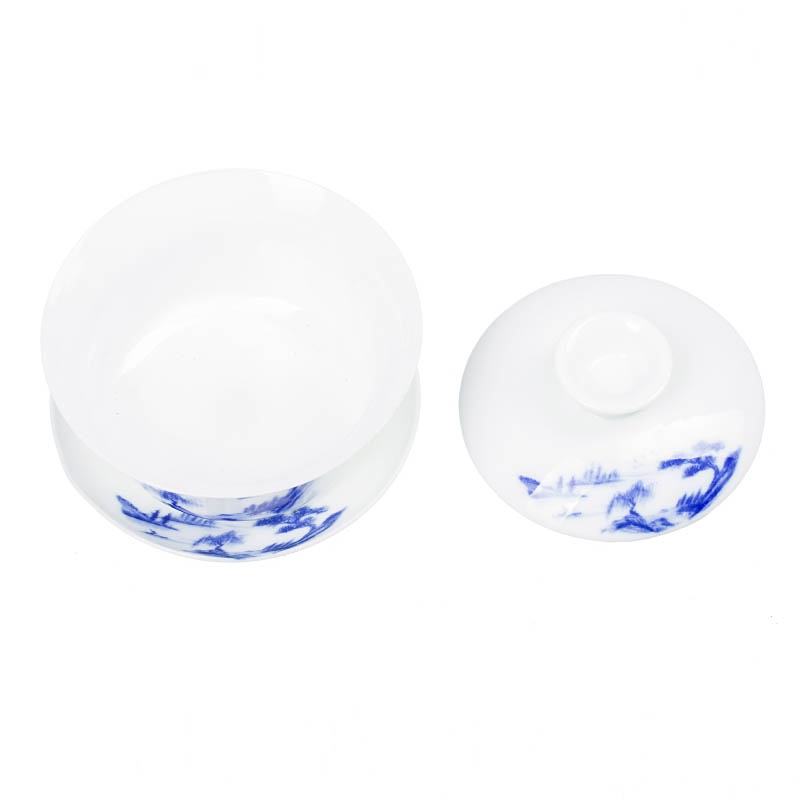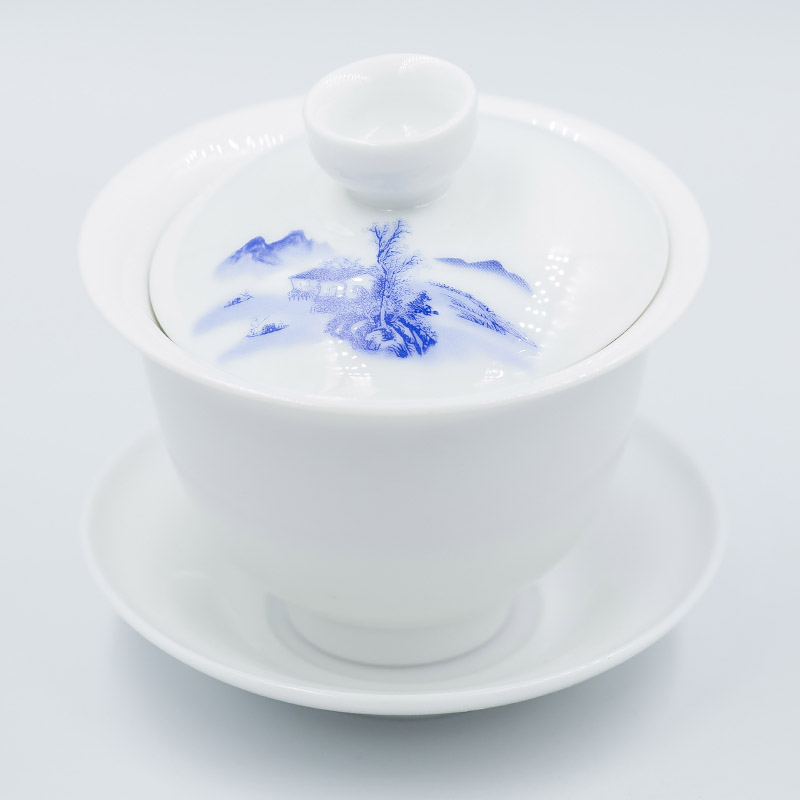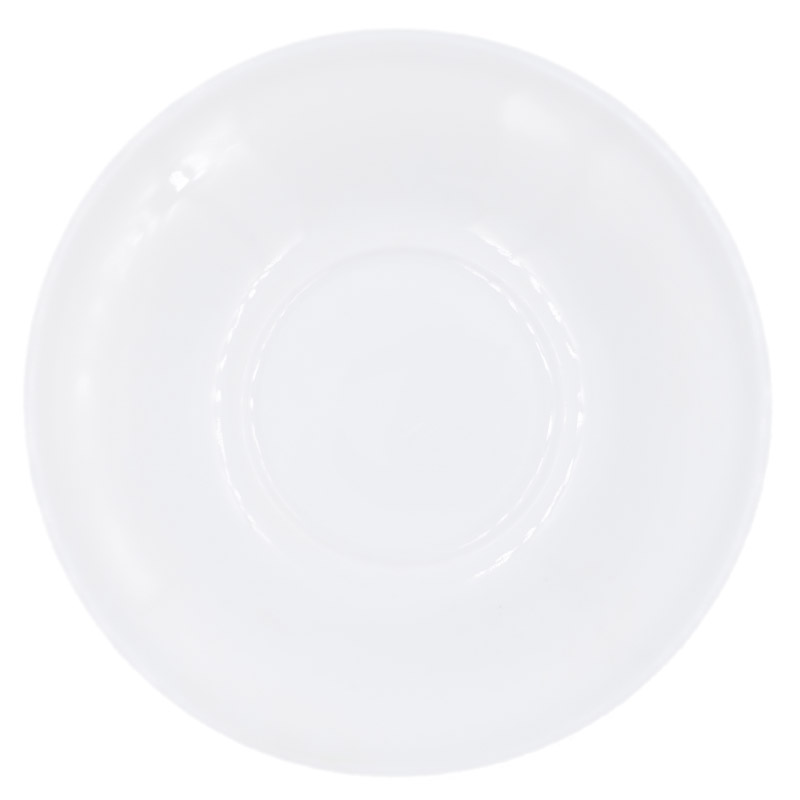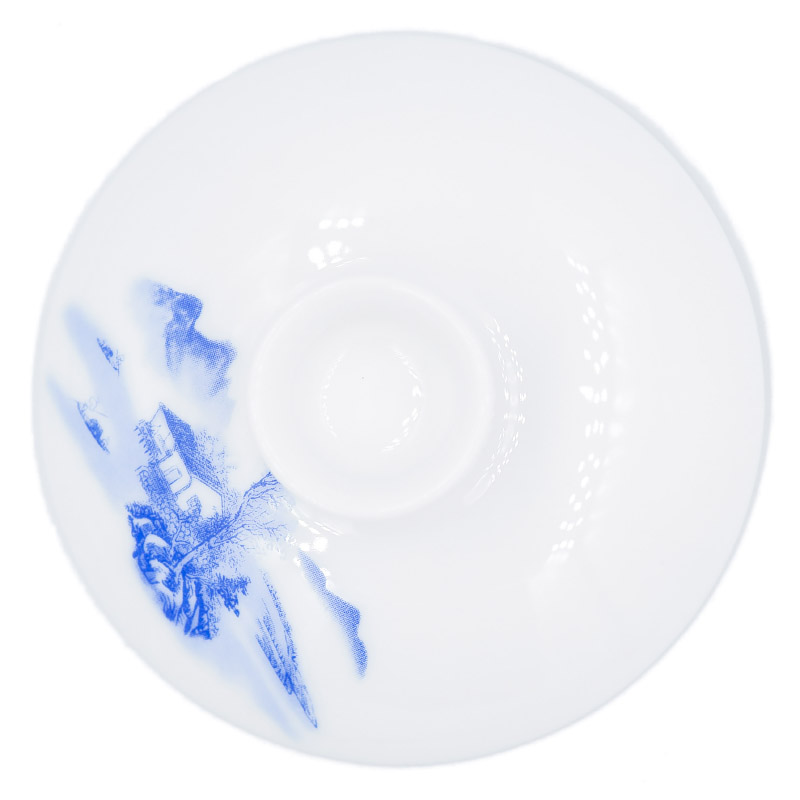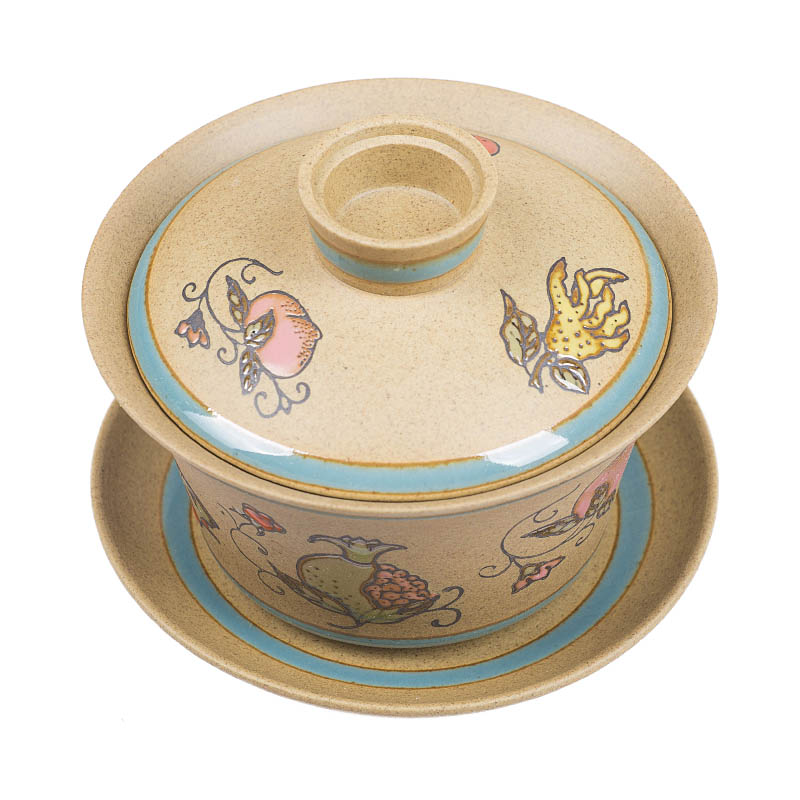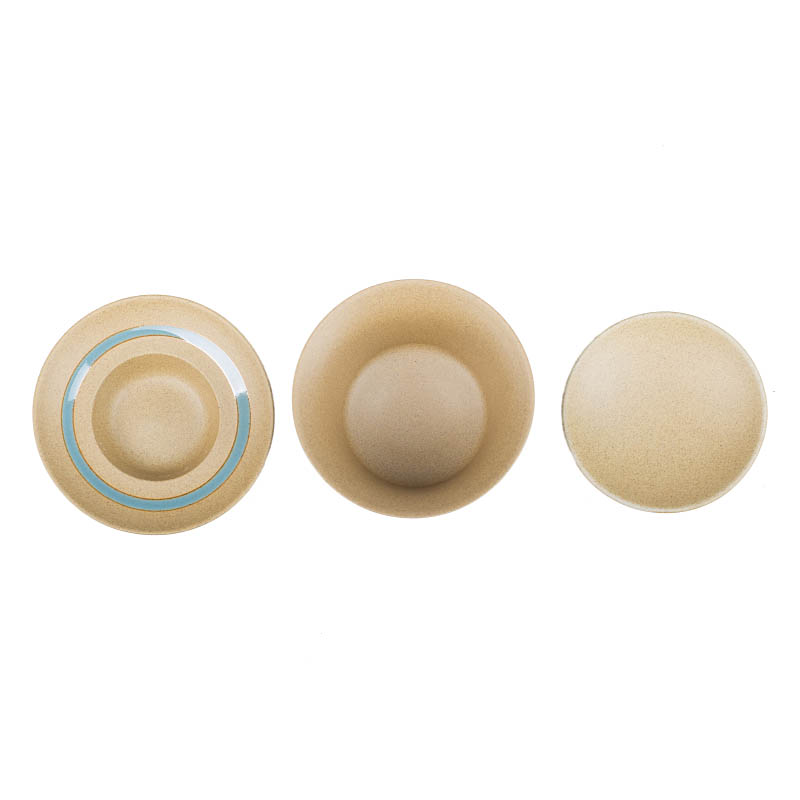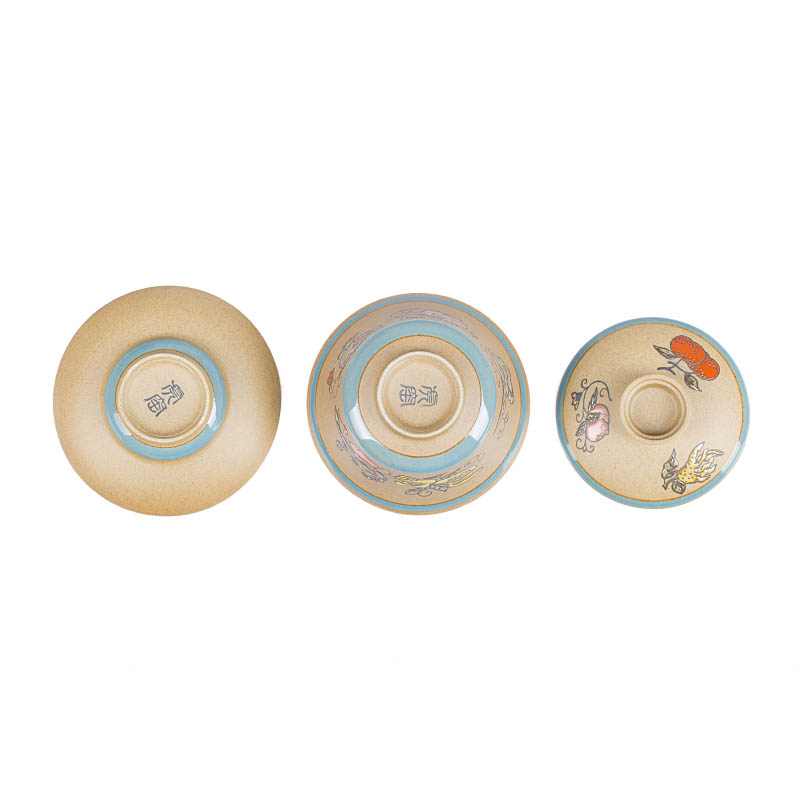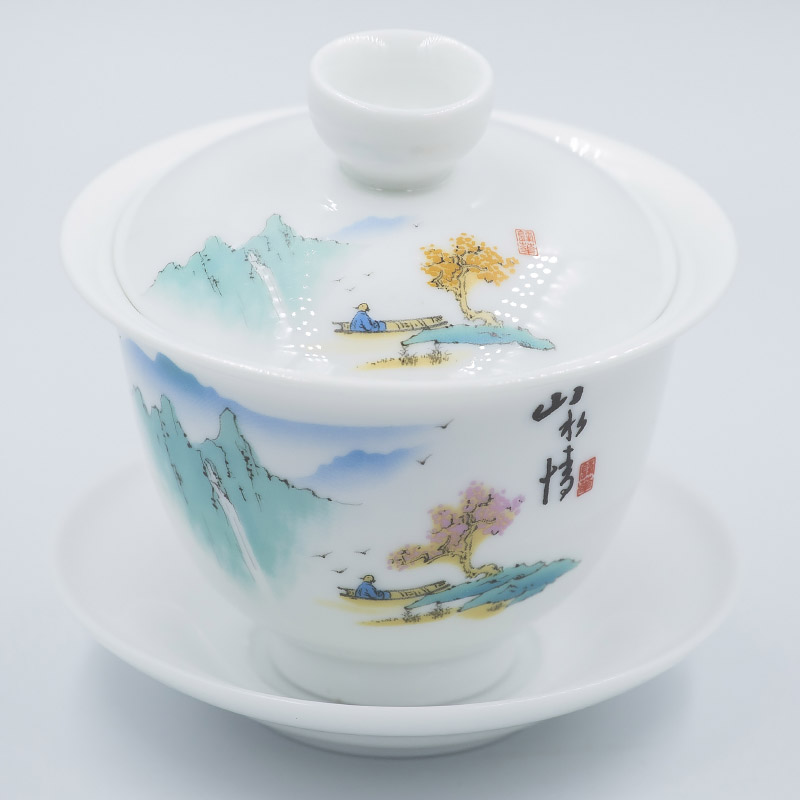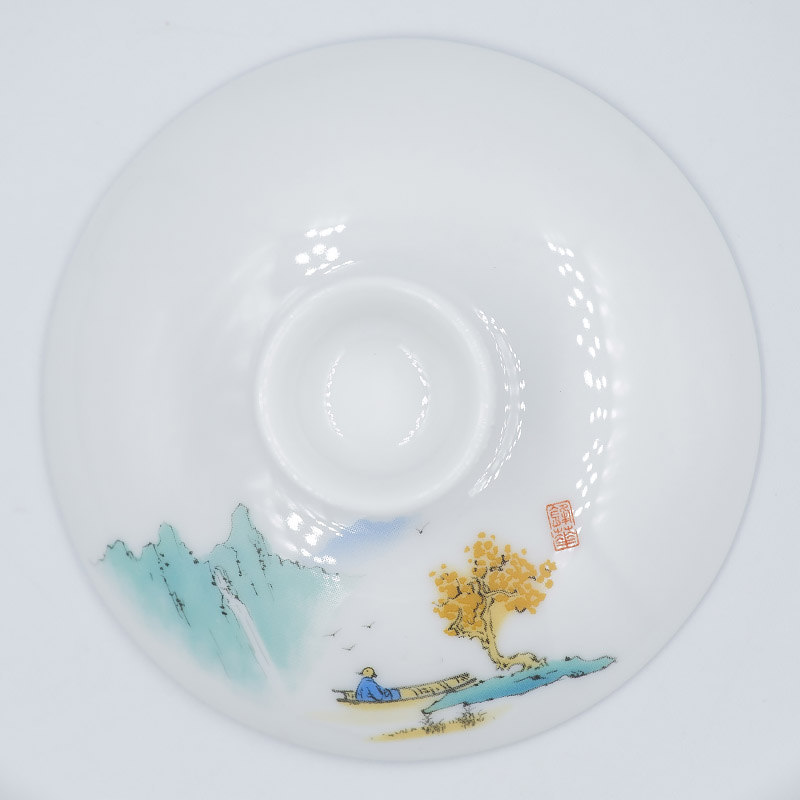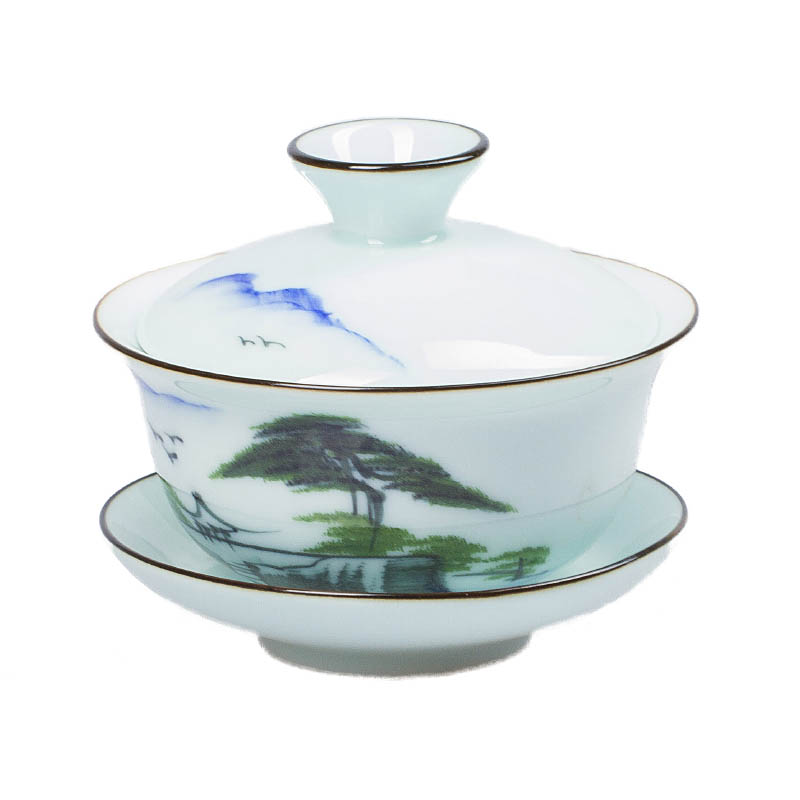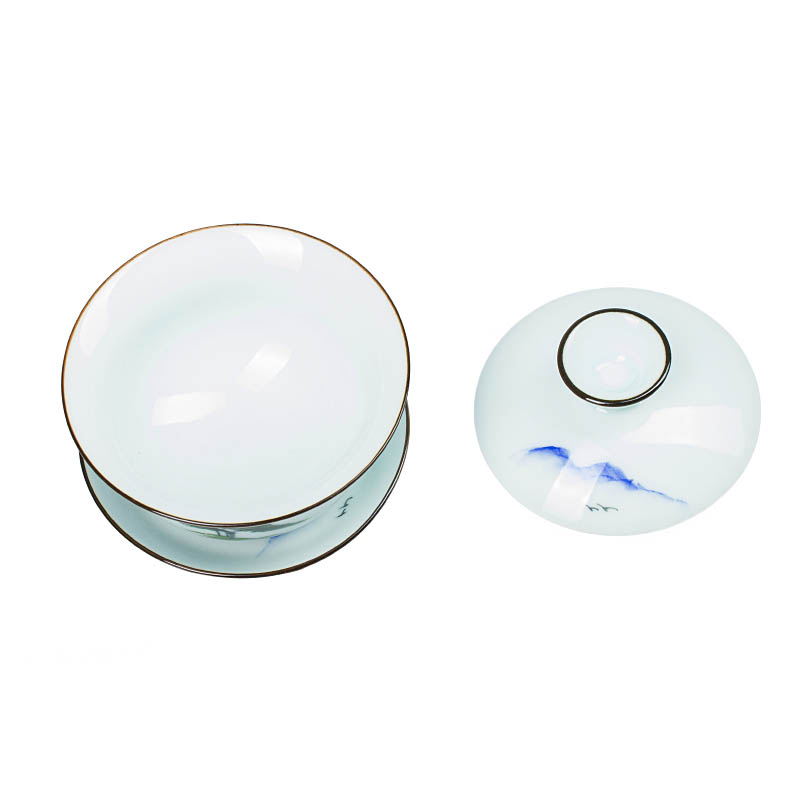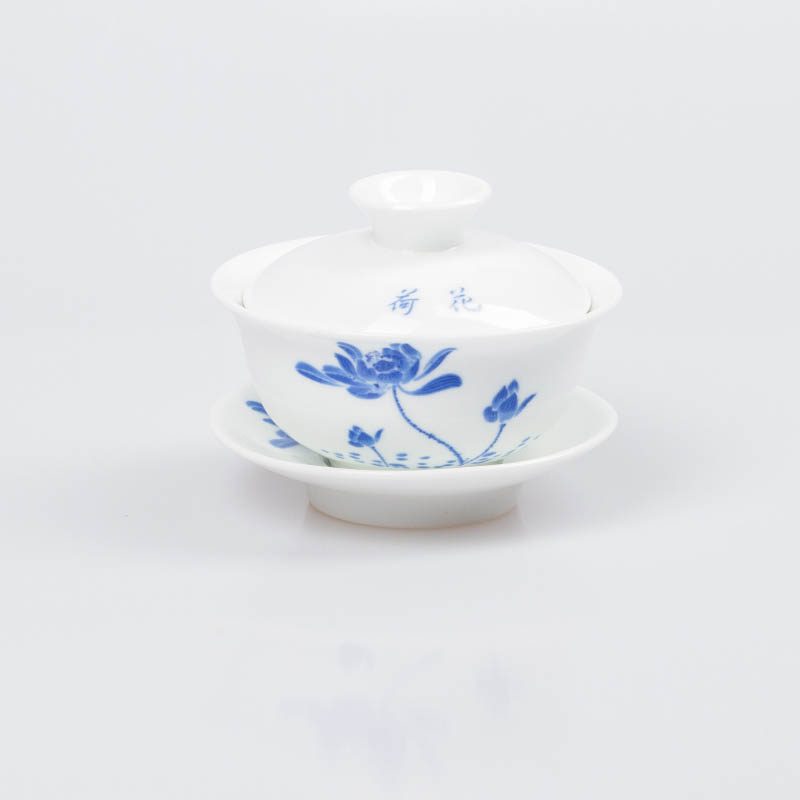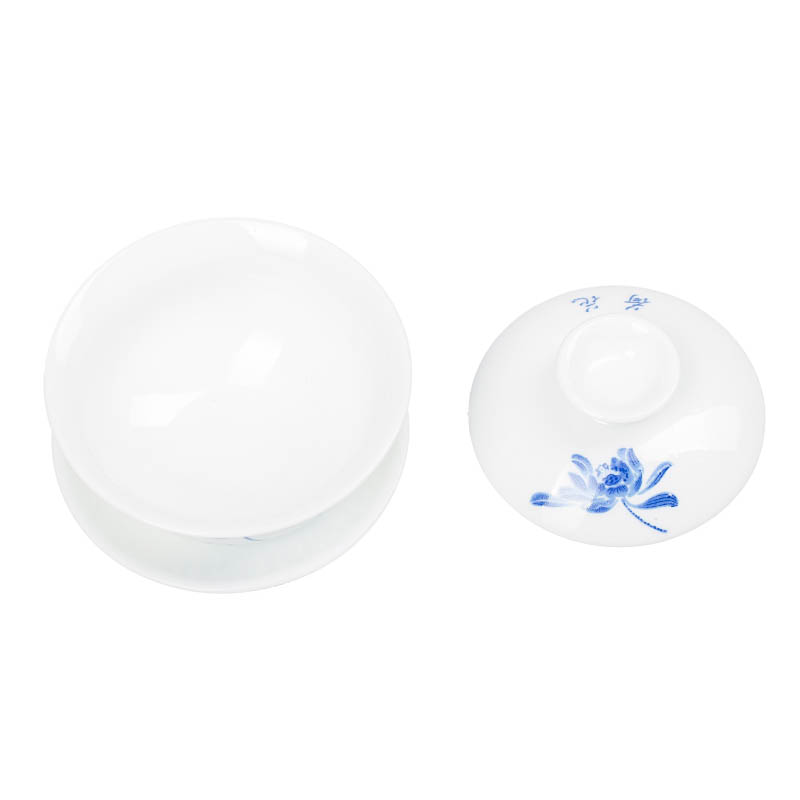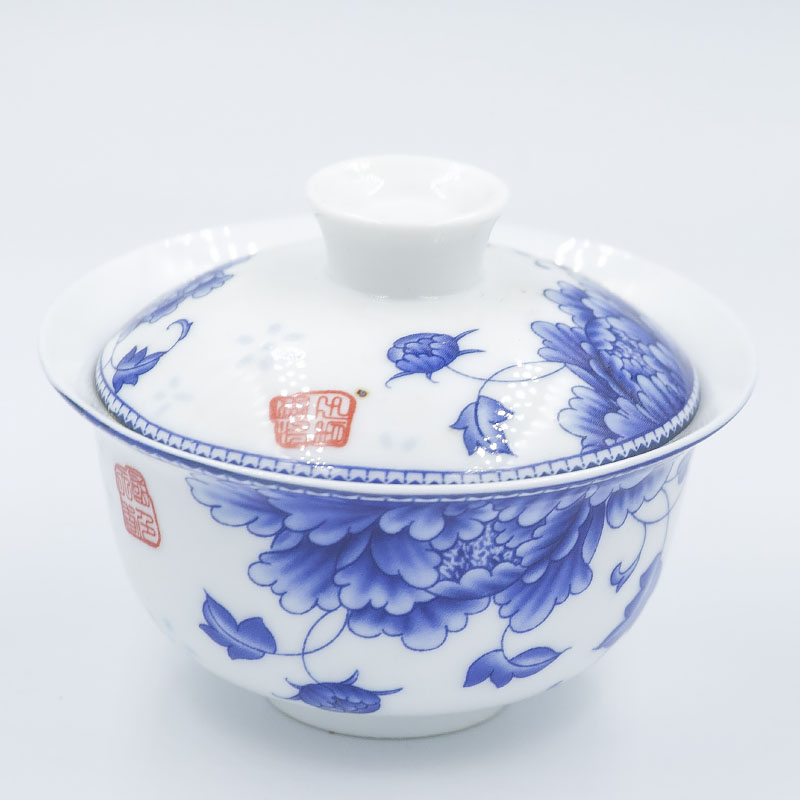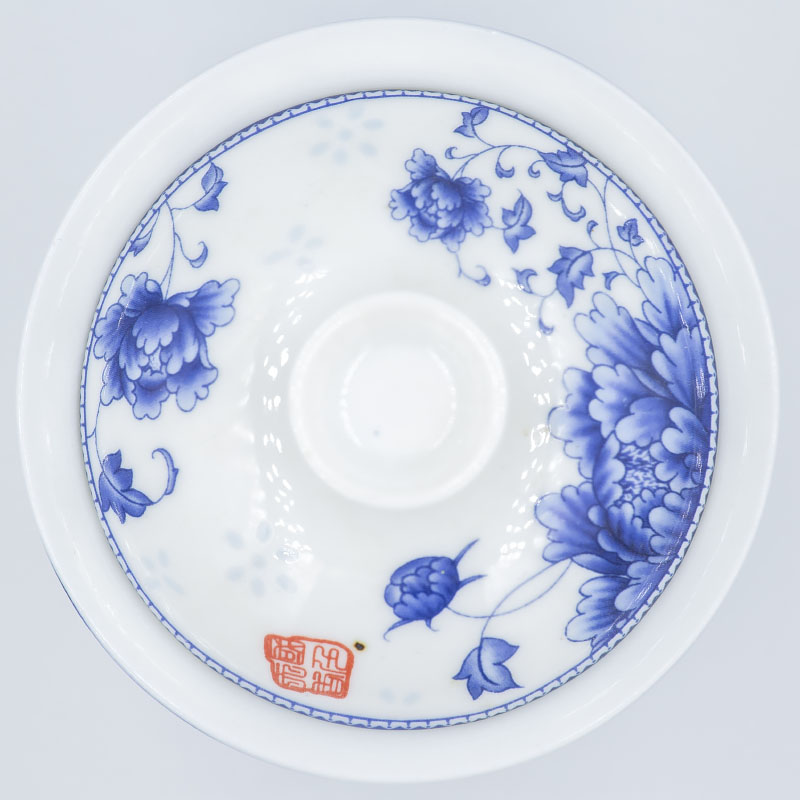Gaiwan “Crystal Lotus” 180 ml — an elegant transparent gaiwan with a glass lid, bowl and stand. Ideal for gongfu tea drinking. Decorated with a lotus pattern and calligraphy.
Gaiwan “Frosty Wind” 180 ml — transparent gaiwan made of textured glass for elegant tea drinking. Lightweight, aesthetic and convenient. Perfectly reveals the aroma and color of tea.
Gaivan: briefly about everything important
If you perceive tea not just as an everyday drink, but as one of the most important components of your healthy nutritional diet, the topic of "gaiwan" will be interesting to you. So, gaiwan ... An exotic word that attracts with its melodic sound. Indeed, melodiousness is inherent in this type of teaware, if it is made of high-quality porcelain, which produces unique sounds with high notes when lightly tapped with a wooden stick. But, more on that later ...
The Chinese gaiwan is a combination of three components: a cup (bowl), a lid and a saucer. The volume of the bowl ranges from 80 to 200 ml. Translated from Chinese: “gai” - lid, “wan” - cup. It is also called a “covered bowl”, “cup with a lid”, “vessel for locking heat”, and a symbol of “people, heaven and earth living in constant harmony”. I would like to say more about the latter meaning. In Buddhism, gaiwan is interpreted in a special way. It represents a certain model of the world in which the bowl is a person who feeds on the earth and the sky, the saucer is the earth, the lid is the sky. Everyone is in harmony with each other.
If we talk about the origin of this original for European people, tea tool, historians roughly associate its entry into use with the 14th-15th centuries, and, of course, China. At that time, pressed and powdered tea began to be actively replaced by leaf tea. Naturally, for its use, special tea utensils were required. So the gaiwan appeared, which became in one linear row with the teapot.

Although there are other versions dating back to the Ming Dynasty. These are more like legends, but they bring a fairy tale into our lives, making us believe in real miracles. One of them says: a girl from the city of Sichuan, in order not to get burned by tea, put a plate under her hot cup. Many people liked the idea, and later gaiwan was created on its basis. In the second story, an artisan from the same city made a clay bowl with a saucer for himself and began to drink tea from it. Its convenience was quickly appreciated by the locals, and when rumors reached the imperial court, the royal family tested the new dishes, convinced of its practicality and launched it into mass production. And so gaiwan became the property of China.
You have the right to ask the question: what is better to use: a teapot for brewing or a gaiwan? Each item has its own priorities. Their main difference is the speed of the flow. This is important for brewing those varieties of tea, the strength of which needs to be controlled and not to let the infusion stand (acquire unnecessary bitterness). As a rule, the raw materials are infused longer in a teapot, and poured out of a gaiwan faster.
As for the materials... Initially, one of the important elements of Chinese teaware was made only from clay. Later, porcelain and glass appeared. The "pluses" of each of them:
- Today, gaiwans made of high-quality porcelain of medium thickness are more popular all over the world. This is the most optimal material for any type of tea. It does not affect the taste and aroma of the drink, it is easy to clean. You can talk about the luxurious aesthetics of porcelain for hours. It is it that makes elegant dishes more luxurious, more refined, more elegant.
- Clay. It is very capricious in use. Clay gaiwan is only suitable for brewing one type of tea. This is due to the natural property of the material to absorb tea aromas. It should be treated more carefully and carefully.
- Glass is an ideal option for tea drinking, where the aesthetics of the tea are important. This is especially true for related species, which demonstrate a unique disclosure of bright colors and solid leaves when brewing. Also, through the transparent glass it is easy to control the strength of the tea and the color of the infusion.
Let's leave Eastern philosophy aside and turn to practicality. After all, it is convenience and practicality that most attract Europeans to exotic gaiwan.
Please note! The diameter of the lid is always smaller than that of the bowl. This allows it to sink in a little. The movable lid fits tightly to the bowl and does not have "windows" for steam to escape. There is always a "handle-tail" that helps not to burn your fingers when brewing. There is a small gap between the cup and the lid, through which the brewed tea is poured into a chahai (a vessel for infusion) or cups (bowls).
The well-thought-out design is convenient for numerous uses:
- a saucer is not only a support for the cup and protection of hands from a hot drink, but also a tray that collects spilled liquid,
- the bowl has the shape of a tulip with slightly flared edges - this not only looks beautiful, but also provides convenient pouring of water,
- Tea leaves accumulate in the smoothly narrowed bottom of the bowl,
- The lid helps retain the heat and aromatic notes of the drink for a long time.
Learn how to hold a gaiwan correctly! The utensil is taken with both hands, the thumb of the right hand should rest on the "handle" of the lid, all the other fingers on the saucer. When pouring, the lid is moved to a small gap. Or: the gaiwan is taken with the thumb and middle finger by the edges of the bowl, the index finger tightly presses the lid. When pouring, the lid is moved a few millimeters - the infusion is in the cups (dictionary), the tea leaves remain in the bowl.

Gourmets and professional tea makers prefer to brew green, white, and yellow varieties of elite tea, as well as pu-erh and oolong tea, in gaiwans.
How is the process of brewing tea in a gaiwan carried out?
If tea is both brewed and drunk with a gaiwan, this method is called Sichuan.
If only it is brewed and poured into bowls (cups) - Fujian tea is the most popular not only in China, but also among true connoisseurs of elite tea varieties.
Let's say you've bought a gaiwan and are ready to start brewing tea. Follow these rules and you'll be able to appreciate the benefits of this unique utensil:
- If the gaiwan is made of porcelain or glass, you should first wash it, pour boiling water over it and wait for it to cool. Pour out the water - the dishes are ready for use.
- If it is clay: wash it (without detergents!), pour boiling water over it, let the water cool and drain. Then put 1-2 grams of the tea variety for which the gaiwan was purchased into the vessel. Pour boiling water over the dry raw materials and leave for 8-10 hours, after which the infusion is poured out (do not drink it!). After that, the vessel is washed again and poured with boiling water again. And only in this case can it be used for brewing.
- After the purification ritual, the gaiwan is rinsed with boiling water, thereby preparing it for receiving tea leaves.
- A dry tea mixture is placed in the bowl (the amount depends on the tea variety) and the lid is closed. The container is shaken several times. Now you can open the lid and appreciate the fragrant beauty of the tea.
- The brew is poured with water of the required temperature. It should completely cover the tea leaves. After 10-15 seconds, the infusion is drained - do not drink. It cleans the raw materials from dust and small particles.
- The raw materials are again poured with hot water. The first infusion time: from 15 to 45 seconds. After that, the infusion is poured into a special vessel (cha hai - slivnik) or immediately poured into cups (bowls). The lid of the gaiwan should keep the tea leaves inside the bowl. The water from the vessel must be drained completely, otherwise you risk spoiling the taste of the next infusion.
- Gourmets know how to use this pause: they enjoy the unique aroma emanating from the freshly brewed leaves that have gathered under the lid in the bowl. Believe me, it is at this moment that you can catch unique notes that quickly evaporate and are not repeated later.
- Subsequent brews repeat the above steps, except for the steeping time: each time it increases by 10-15 seconds.
Where to buy gaiwan in Ukraine?
You can order and buy a gaiwan in Ukraine in the specialized, wholesale and retail online store "My Tea". Our experts will help you make a choice, if necessary. In the assortment of our catalog, priority is given to porcelain gaiwans, demonstrating the whiteness of the exquisite material and unique drawings covering the smooth surfaces of teaware. Each model is good in its own way. It plays the role of not only a "teapot tool", but also a stylish interior "chip", capable of becoming a worthy decoration in any kitchen interior. Plant ornaments covering elegant vessels give aesthetic chic to the products, making them more unique and brighter. This is no longer just a dish, but a specimen with artistic value ...
It is easy and simple to buy gaivan in Kyiv today. It takes a few minutes to place an order in "My Tea" - and in a short time you will be able to enjoy its benefits.

If you type "gaivan price" in the search engine, you can see the reasonable cost of the dishes in our catalog. Please note! The price segment depends on both the material and the volume of the bowl. You can buy a gaivan for 135 and 340 hryvnias.
You can buy gaiwan not only for yourself, but also as a gift. This does not mean that a person must necessarily be a gourmet or a tea lover. On the contrary, it is quite logical to present such a specimen to a beginner. Even if he drank the most ordinary tea before. With such a present you will demonstrate a special attitude, respect for the recipient and make a certain sign that you are not indifferent to his health. By brewing an elite variety of tea with him, you will help the beginner discover new, positive feelings, and maybe even save him from fears, worries, bad habits ...
Haiwani: prices in Ukraine
| Number of items in stock | 2 pcs |
| The cheapest product | 900 UAH / 1 pcs. |
| The most expensive product | 900 UAH / 1 pcs. |
| Gaivan "Frosty Wind" | 900 UAH / 1 pcs. |
| Gaiwan "Crystal Lotus" | 900 UAH / 1 pcs. |

